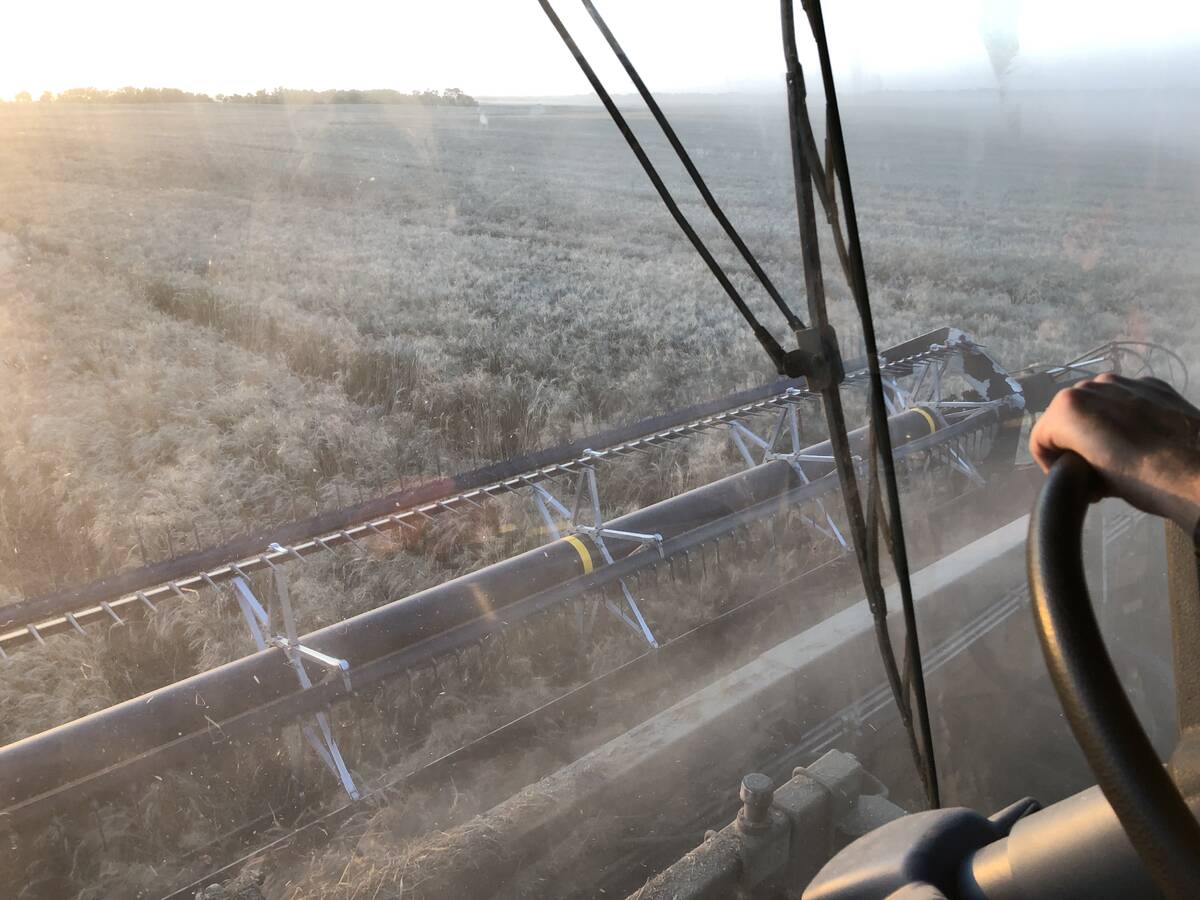Resistance threat will force U.S. veterinarians to balance interests of animals, farmers and public
NEW YORK, N.Y. (Reuters) — A new U.S. Food and Drug Administration policy will give veterinarians a key role in combating a surge in antibiotic-resistant bacteria.
Starting next year, the agency will require veterinarians rather than farmers to decide when antibiotics used by people are given to animals.
Medical doctors issue antibiotics by prescription only, yet farmers and food companies have been able to buy the same or similar drugs over the counter to add to feed and water. The drugs not only help prevent disease but enable livestock to grow faster on less feed.
Read Also

Mail strike disrupts grain sample delivery
The Canadian Grain Commission has asked farmers to consider delivering harvest samples directly to CGC offices, services centres or approved drop offs as Canada Post strike delays mail.
The new directive is meant to guard against the overuse of the drugs in American meat production.
However, a Reuters investigation has found that it will be empowering a profession that not only has allegiances to animals, farmers and public health but also pervasive and undisclosed financial ties to the makers of the drugs.
The relationships between medical doctors and the pharmaceutical industry are subject to strict rules that require the public disclosure of payments for meals, trips, consulting, speaking and research.
No laws or regulations, including the new FDA directives, require veterinarians to reveal financial connections to drug companies. It means veterinarians can be wined and dined and given scholarships, awards, stipends, gifts and trips by pharmaceutical benefactors without the knowledge of the FDA or the public.
About 11,000 of the 90,000 veterinarians who practice in the United States work in food animal production, according to a 2013 workforce study. Livestock and poultry specialists advise growers on health issues such as insemination, birth, weaning, fattening and euthanasia. They also treat a variety of illnesses and injuries. Many train farm employees how to spot disease and administer drugs.
For a veterinarian, the patient is the animal but the client is the owner. In the case of food production, those clients are seeking to maximize profit, and part of the veterinarian’s job is to help them do so.
Veterinary medicine is a little-regulated corner of the medical profession, more dependent on industry funding than its human counterparts, and Reuters found that drug companies support veterinarians at every stage of their careers. Sometimes the payments are small — $10 for a meal or $250 for an hour’s talk. However, larger funding arrangements, such as $100,000 for research, are not uncommon.
Eleven of the 22 veterinarians who advised the FDA in recent years on how to use antibiotics on farms received money from pharmaceutical companies. Many of these details weren’t disclosed by the FDA, which wasn’t required until 2007 to post on its website “the type, nature and magnitude of the financial interests” of its advisers.
Reuters identified payments to FDA advisory group members by reviewing veterinary journals, industry publications, meeting transcripts, conference programs and resumes
The influence of drug companies also extends to the training that current and future veterinarians receive.
For example, pharmaceutical companies routinely suggest topics and speakers for the continuing education events that veterinarians must attend to keep their licences. Such involvement is forbidden in human medicine, according to the Accreditation Council for Continuing Medical Education.
Zoetis, the world’s largest animal-drug company, has also extended its reach into high schools. In 2011, the company gave $50,000 to help fund a weeklong Purdue University veterinary camp for grades 10-12 students.
The American Veterinary Medical Association also benefits from contributions from the pharmaceutical industry.
The association’s ethics code calls on veterinarians to divulge all potential conflicts of interests. However, only after Reuters asked did the group disclose that it has accepted $3.3 million from drug companies over the past four years. It declined to say which pharmaceutical companies contributed to the group.
“I’m very concerned that the profession is poised to lose public trust,” said Michael Blackwell, a former deputy director of the FDA’s Center for Veterinary Medicine.
“I don’t think we can gain public trust if the perception exists of a conflict of interest.”
Told of the Reuters findings, U.S. House of Representatives member Louise Slaughter said she will introduce legislation to require public disclosure of drug company payments to veterinarians.
She said transparency is essential as veterinarians prepare to take an important new role for public health.
The upcoming FDA directive means that “now there will be a gatekeeper” between drug companies and food producers, said Steven Henry, a Kansas veterinarian.
Henry predicted that the new rules will do little to stanch the flow of antibiotics to farmers because drug companies need to maintain volumes and profits.
Colorado cattle producer Mike Callicrate said he expects veterinarians to follow the wishes of the ranchers who employ them.
“These guys are going to fight to the death to keep their antibiotics,” Callicrate said of ranchers who operate the largest farms.
Fred Gingrich, a veterinarian in Ashland, Ohio, and the incoming president of the American Association of Bovine Practitioners, said that is a cynical view of the ethics of veterinarians and cattle producers.
“I’m proud of what we do,” he said.
“We welcome the responsibility and the discussion.”
















